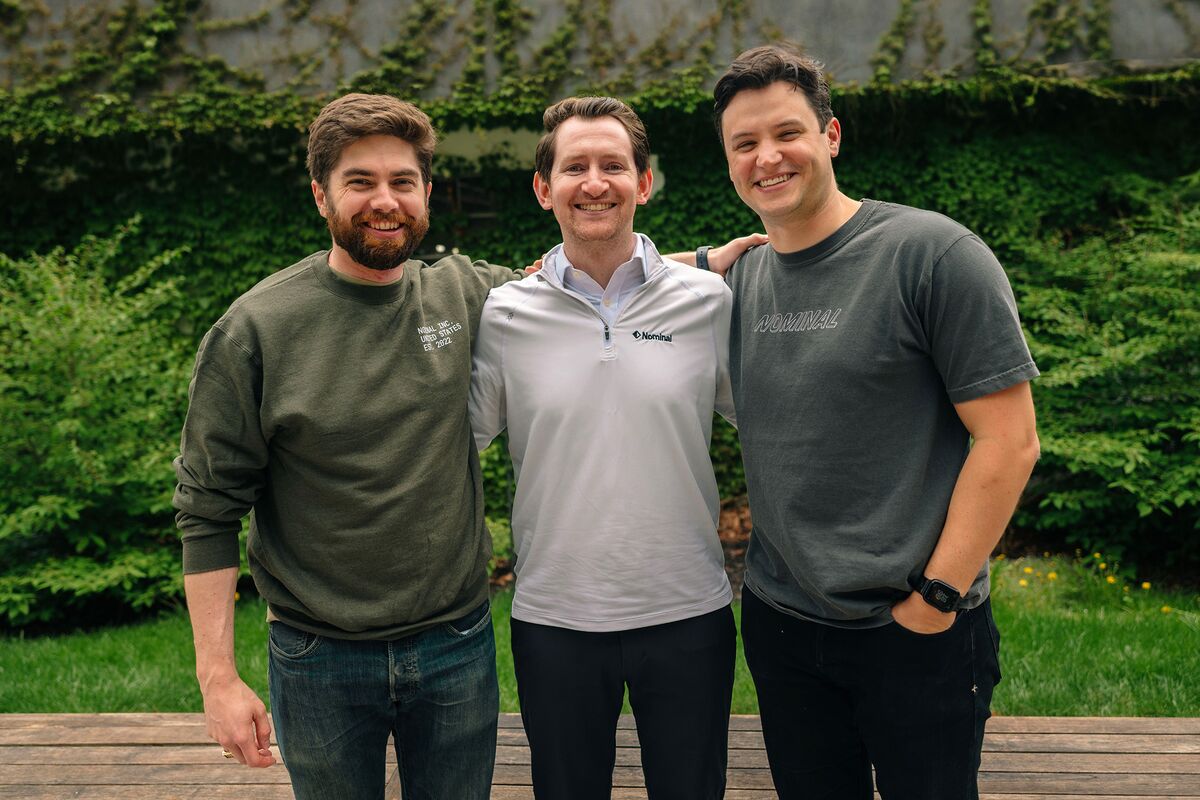
America’s hardware renaissance is in full swing. Founders are pushing the boundaries of robotics, advanced flight, autonomy, next-gen manufacturing, defense, clean energy, and more—working to turn decades of basic research into cutting-edge physical systems faster than ever before. The mandate is clear: ship ambitious machines quickly and raise the bar on reliability, performance, and safety.
That’s exactly where Nominal comes in.
Nominal’s continuous test stack keeps hardware teams iterating at software speed. Instead of treating validation as a one-and-done milestone, Nominal bakes always-on testing, real-time monitoring, and rich analytics into every phase—design, launch, and live ops. The result: programs move at a fast pace while catching faults long before they become costly recalls or mission delays.
We’re thrilled to partner with Nominal in their Series B because we believe the future of industrial innovation will be won by teams that test continuously and learn in production–whether it’s an autonomous car driving through San Francisco, or a drone landing on a Navy destroyer. Its customers include Anduril, US Air Force, and Shield AI–the last of which tripled its daily flight test cadence and reduced data review time from six hours to 30 minutes using Nominal.
What Nominal delivers today
- Significantly shortens test cycles and produces prompt, audit-ready reports
- Surfaces software and hardware issues across heterogeneous setups
- Validates mission plans and accelerates late-stage spacecraft changes
- Enables secure remote testing, protecting IP and system integrity
- Optimizes flight performance and fast-tracks safety certifications
As hardware becomes more advanced, we believe the industry is moving away from fragmented tools toward unified, secure platforms designed to support the full lifecycle of testing, from bench to field. Lightspeed’s conviction is that over time, Nominal can become that platform, ultimately servicing teams across the entire ecosystem of global hardware companies. And with the new funding, the company plans to expand its product stack into embedded and operational use cases, with secure, reliable AI woven throughout customer workflows.
But most of all, we believe this is THE team to take on this challenge! Led by Cameron McCord (US Navy, Anduril, and Saildrone), Bryce Strauss (Lockheed Martin), and Jason Hoch (Palantir, Vercel, and Newfront), this trio brings software experience and depth to this burgeoning era of hardware development, which we believe few truly understand. Cam’s service in the Navy matters too, giving him a first-hand perspective on the challenge from both the commercial and government sides.
We’re thrilled to partner with Nominal as they work to usher in the future of hardware testing.
The content here should not be viewed as investment advice, nor does it constitute an offer to sell, or a solicitation of an offer to buy, any securities. The views expressed here are those of the individual Lightspeed Management Company, L.L.C. (“Lightspeed”) personnel and are not the views of Lightspeed or its affiliates.
Authors




